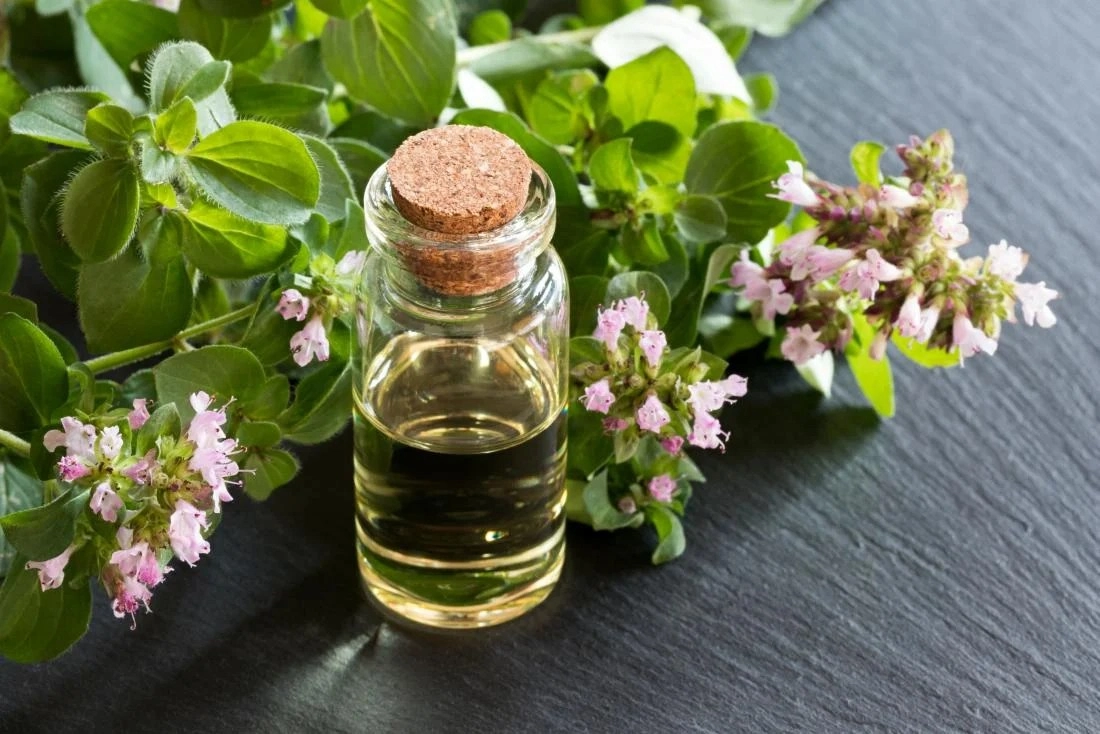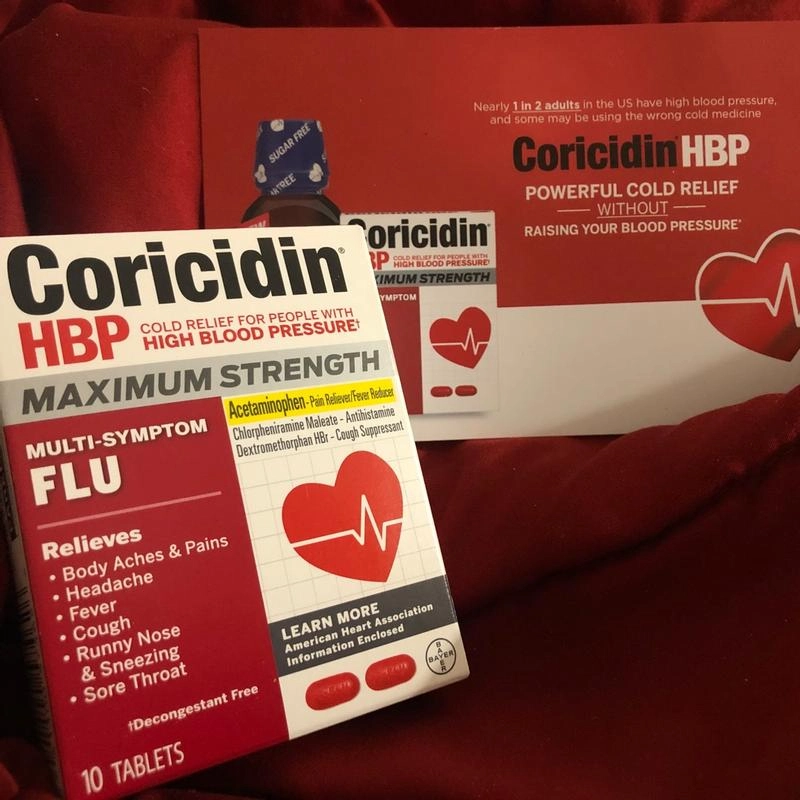Wild rice is a species of grass that produces edible seeds similar to rice in nature. Wild rice has a stronger taste and steeper price than rice. It boasts impressive amounts of numerous nutrients, as well as protein, manganese, zinc, phosphorus, and magnesium.

This wild rice may boost the body’s ability to create insulin and reduce the symptoms of diabetic nerve damage. Like most grains, wild rice is highly effective when it comes to reducing hunger.
While several varieties exist, the most commonly available are Zizania palustris, or Northern wild rice, and Zizania aquatica, or wild rice.
Meanwhile, it is now paddy farmed in parts of California and Minnesota, the truly wild rice is still obtainable. It is in large part due to preservation and harvesting efforts by several producers.
It is an aquatic grass, and processing it takes time. First of all, the grains are harvested. Then they’re heat treated, and at last, the husks are stripped away.
What is Wild Rice?
Wild rice, although it is the seed of an aquatic grass like rice, is not directly related to it. This grass grows naturally in shallow freshwater marshes and along the shores of streams and lakes.
There are four similar species of wild rice. Such as native to Asia and harvested as a vegetable. The other existing three are native to North America, specifically the Great Lakes region — and harvested as a grain.
Wild rice was originally grown and harvested by Native Americans, who have used the grain as a staple food for hundreds of years. It’s only referred to as rice due to it looks and cooks like other types of rice.
Health Benefits of Wild Rice
It is an extremely well-balanced food source, providing a healthy mix of protein and fiber. What’s more, it’s also low in calories as well.
Manganese is one micronutrient abundant in wild rice. This manganese is an antioxidant and plays a vital role in keeping the mitochondria in your cells healthy. It has also been shown to play a role in maintaining a healthy metabolism in the body.
Wild rice is a good choice for people with celiac disease since it is gluten-free.
Some other wild rice health benefits are as follows:
I. High in Antioxidants
It contains as much as about 30 times the antioxidants as white rice.
Antioxidants are influential substances that stop cell damage which may caused by oxidants, protecting your body from disease.
2. Strengthens the Immune System
Wild rice contains Vitamins A, C, and E which are essential to our immune system’s proper functioning.
These vitamins raise the level of white blood cell production, our body’s first line of defense against foreign pathogens.
3. Helps Build Muscle
Wild rice contains remarkable amounts of protein, a nutrient that helps our bodies grow and build muscle.
It has a striking amount of health benefits, it is hard to believe just how good it is for you. Eat more wild rice in your diet and enjoy the enhancement to your health.
4. Heart Health
Wild rice has powerful antioxidant and lipid-lowering properties.
It is also a rich source of dietary fiber. Getting adequate dietary fiber is vital for keeping cholesterol low.
5. Diabetes
It is a good source of Alpha Lipoic Acid. Alpha Lipoic Acid is beneficial to people with type 2 diabetes.
It may increase the body’s ability to produce insulin and also decrease the symptoms of diabetic nerve damage.
6. Weight Loss
Wild rice is successful when it comes to reducing hunger.
Nevertheless, wild rice also has a fairly low-calorie count. This can make it a good option for people looking to lose weight.
7. Strengthens Bones
For the fact that it is excessive in the nutrient phosphorus, wild rice reduces the risk of stress fractures and increases bone mass.
8. Boosts Energy
Ingest superfoods like wild rice can obstruct fatigue by giving your body the nutrients it needs to run effectively.
Precisely, magnesium is the nutrient in wild rice that increases your energy levels.
9. Facilitates Digestion
Your digestion system benefits from dietary fiber.
Wild rice’s impressive amounts of fiber will help you reduce constipation, bloating, diarrhea, and, cramping.
How to Eat Wild Rice
Wild rice has a disturbed, flavor. It is a great replacement for potatoes, pasta, or rice. Some people eat it alone, while others mix it with other rice.
Otherwise, wild rice can be mixed with a variety of dishes, like salads, soups, casseroles, and even desserts. It is easy to produce. Consequently, it may be a nice idea to make large batches and freeze the leftovers for later meals.
Directions
- Place it in a saucepan and add the water and salt. Bring it to a boil over high heat.
- Reduce to a simmer and cover the pan.
- Rinse the wild rice with cold water.
- Simmer covered for 40–60 minutes until the water is absorbed.
- The wild rice is fully cooked when it cracks open and curls.
- Strain the rice and fluff it with a fork before serving.
Bottom Line
Wild rice is more in protein than other grains. It is rich in vitamin B, fiber, antioxidants, folate, phosphorus, niacin, magnesium, zinc, and manganese.
Its grain is an outstanding nutritional source, basically over other grains like white rice, corn, and wheat.






